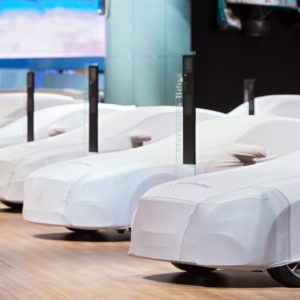In the middle of a trade dispute between the United States and China, President Donald Trump temporarily delayed imposing tariffs on cars and auto parts, a move expected to hit Europe and Japan hard otherwise.
Trump announced his decision to delay for up to six months in a proclamation issued by the White House.
The President was required by the Commerce Department to make a decision “to protect the U.S. auto industry.”
It was revealed that Trump has ordered his trade team to pursue negotiations and address the impact of imports on the U.S. auto industry. He is also looking at investing in new research and development, which, he says, is critical to the nation’s security.
Trump is banking on the threat of auto tariffs to pressure Japan and the European Union into making concessions in ongoing trade talks.
He will revisit the issue and decide whether to take further action if agreements are not reached within 180 days, says White House press secretary Sarah Sanders.

The world’s two largest economies seemed poised to come to an agreement over the trade war recently, until Trump raised tariffs to 25% ($200 billion worth of goods). The United States is also preparing to add levies to all Chinese-made products later this year, prompting Beijing to raise its own tariffs effective June 1.
Trump has long voiced out his complaints about China’s trading practices since before he took office in 2016. He first imposed tariffs on billions of dollars’ worth of Chinese products in 2017. It has now accumulated to $250 billion worth of goods and is seen as a way for American products to become cheaper in the market, hence encouraging consumers to patronize local goods.
He is banking on Section 232 of the Trade Expansion Act of 1962 to launch investigations on whether auto imports are causing threats to U.S. national security, thereby justifying the need for tariffs.
Any information provided on this Website is for informational purposes only and is not intended to replace consultation with a professional mechanic. The accuracy and timeliness of the information may change from the time of publication.
















